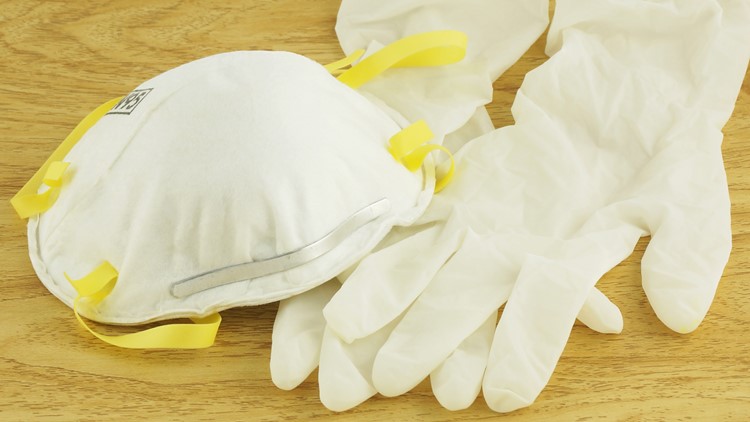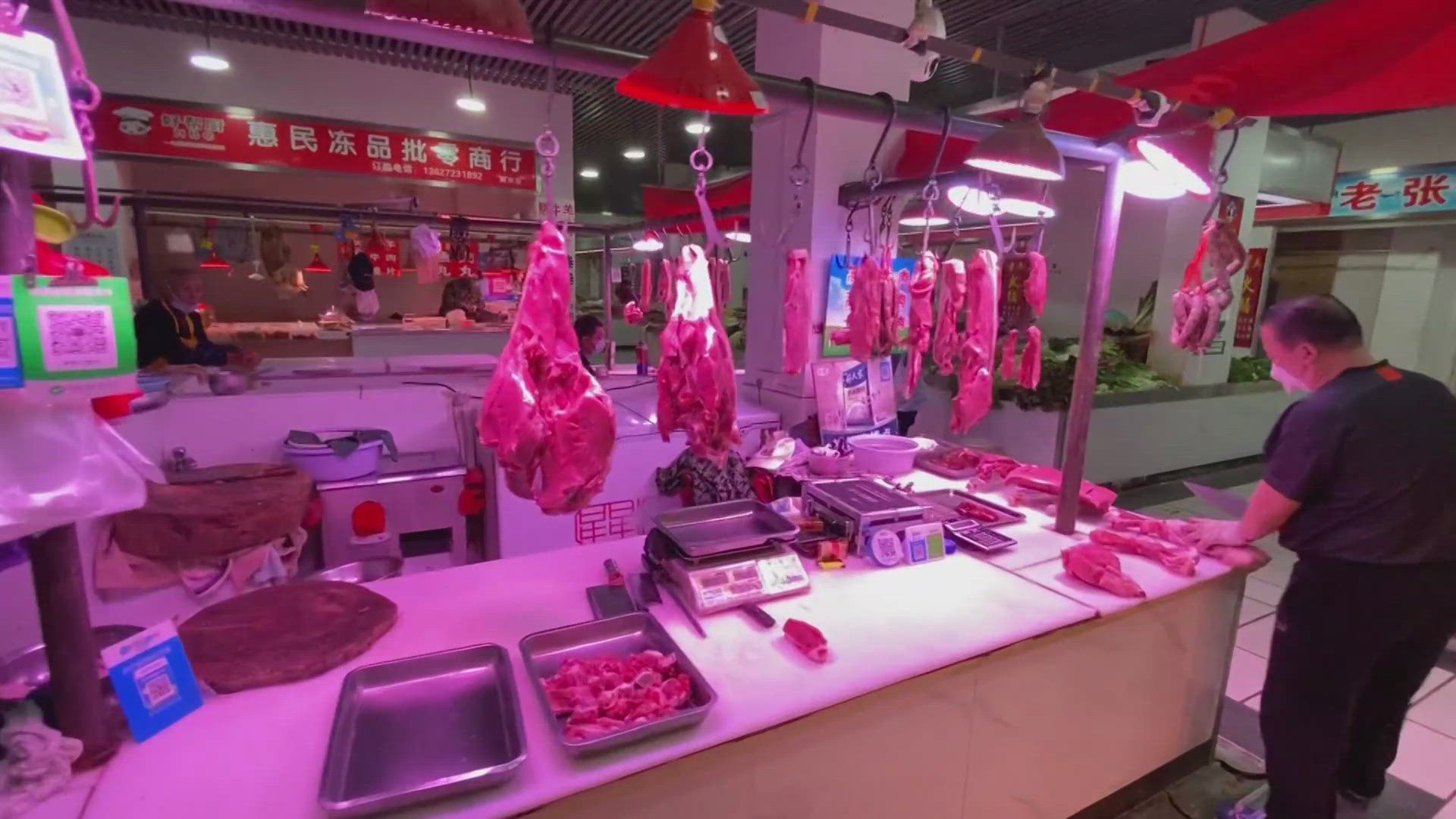As businesses across the United States continue to feel the pressure from the Covid-19 coronavirus pandemic, Cody Johnson expects his company will see a 20% growth in revenue this year.
After just three months as CEO at Houston-based National Signs, Johnson’s first big task was to tackle the potential economic onslaught caused by social distancing and Covid-19 — a disease that has forced many to close shop indefinitely or shift business models to survive.
National Signs was no different.
Johnson started preparing for the worst on March 1. In just over a week, National Signs had a fresh plan and was ready to implement it — manufacture personal protective equipment (PPE).
The move enabled National Signs to thrive in an environment filled with uncertainty, and Johnson aims to keep it as an additional source of revenue for National Signs.
Can you tell me a little bit about National Signs?
We’re a landmark sign company that’s been around for almost 30 years. The company’s done landmark projects such as the Astrodome and rebranding Reliant Stadium to NRG Stadium. We’re the largest distributor and partner for Daktronics’ electronic messaging center in the state.
Before COVID-19, what were some of your biggest goals?
We wanted to get the company to an industry-leading standard of 20% M&R margins, so we came up with a plan for that. We also wanted to develop a relationship with Daktronics and take it to the next level. We wanted to increase our sales by 20% this year. We were on track to hit all those goals this year, and we’re still on track.
How did you shift your business model amid the pandemic?
I’ve gone through the Asian financial crisis and led business in Malaysia during that. I’ve led businesses during oil field crashes and diversified away from oil and gas to flow control or heavy industrial equipment manufacturing. It’s in my DNA and skillset to help diversify a company’s revenue stream. When this came up, we took out our toolkit and looked at what our equipment and people were able to do. We looked outside of our traditional industry. Just like in every other crisis, that mindset worked here.
What were some of the ideas National Signs had?
Anything and everything with PPE. You couldn’t turn on the news without seeing there was a huge opportunity for PPE. We also felt like there’s a huge need to communicate complex messages to stakeholders at safe social distances. We mounted a 4-by-8-foot electronic messaging center on an 8-foot trailer and hooked it up to an ultra-quiet generator so hospitals, health care facilities, and restaurants can communicate with people. It frees up necessary and important human capital for higher functions.
Was there a difficult transition period?
We started meeting about this March 1. My brother’s an anesthesiologist. He typically works out of Fort Worth, but he’s running an ICU unit in New York City. He had been following the medical side of this, so we talked about it a couple times a day. Talking with him influenced us to have strategy meetings. Internally, we were calling it Covid-19 Preparedness and Response Planning. Because of that, when it became obvious by March 15 that this was going to be a serious issue in the United States and a serious issue in Texas by March 23, we had plans we could put into motion and execute very quickly.
National Signs is still on track to have a 20% revenue growth; do you think that might be bigger?
It’s difficult to tell. The financial impact is not on our profitability, but it is on cashflow. Other businesses have stopped paying their bills until they can get their PPP SBA loans. The immediate effect we saw was on the collection side. It was just a natural reaction from the average person to stop paying their bills to conserve cash. This week (April 9) was a much better collections week than last week. Many of our customers are starting to understand the situation and are now paying as they go. It’s a little bit like percentage of completion, which is new for us. The projects get paid for up to 90% prior to us installing the sign. They pay the last 10% when we install the sign.
Have you thought about what your business model might look like post pandemic?
We’re going to have more sources of revenue than before. Since we started three weeks ago, we’ve been able to decrease the price dramatically and increase production. We’re up to
400,000 units per month now. We’re making 100,000 face shield per week. We believe we’ll get our price point down to permanently be part of the PPE supply chain going forward.
Another new industry that’s being created in the construction services is sneeze guards and acrylic barriers. Think of all the acrylic barriers you see at HEB. That’s something that will be a huge industry, and National Signs is naturally positioned to do that. We work with that kind of material every day to make signs, install them and make them look very nice, like architectural accents.
How do you think things will change when we’re given the greenlight to go back to work?
I think we’re all going to go back to work wearing some kind of PPE. That probably means a mask that is not a medical mask. We’ll probably wear gloves, too. I was in a CEO roundtable for middle-market businesses, and one of the things we discussed was we all need to establish PPE supply chains. That doesn’t mean steel-toe boots and hardhats anymore. For your workers to come back, every single business in Houston and America needs to establish a PPE supply chain. The same goes for acrylic barriers in places where employees can’t maintain social distancing of six feet or greater. Most of those barriers are going to need to be seen through. That’s regardless of industry.
Why do you think that is?
We’re going to need to go back to work before we have a vaccine. Economically and socially speaking, the country needs to get back to work. I don’t think in the next 30 days there will be an antiviral or a vaccine.



